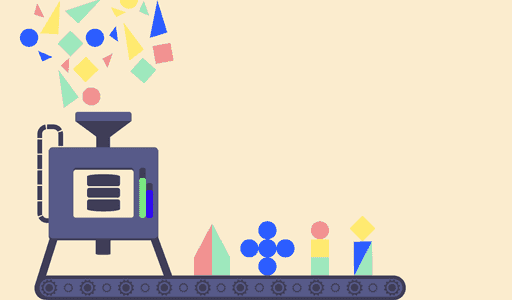Introduction:
Feature engineering is a critical step in the machine learning pipeline. It is the process of transforming raw data into features that are more informative for machine learning models. However, feature engineering can be time-consuming and challenging.

Context-Aware Automated Feature Engineering (CAAFE) is a groundbreaking methodology that harnesses the capabilities of Large Language Models (LLMs) to automate and enhance the feature engineering process. These LLMs, the pinnacle of artificial intelligence, have been pre-trained on vast datasets encompassing both text and code. This training equips them with a profound understanding of the intricate relationships between words and concepts, endowing them with the ability to generate text, translate languages, craft creative content, and even answer complex questions.
How does CAAFE work?
CAAFE works in three steps:
Training the LLM: The first step is to train the LLM on a dataset of text descriptions of features. This dataset can be created by data scientists or by mining existing documentation. The LLM is trained to learn the statistical relationships between words and concepts, so that it can generate Python code that creates new features from a dataset.

Generating features: Once the LLM is trained, it can be used to generate Python code that creates new features from a dataset. The LLM can be prompted with a variety of information, such as the name of the dataset, the desired goals of the feature engineering, and the domain knowledge of the data scientist. The LLM will then generate Python code that creates new features that are relevant to the specific dataset and the desired goals.
Evaluating features: The generated features are then evaluated by a machine learning model to assess their usefulness. The machine learning model is trained on a subset of the dataset that does not contain the generated features. The generated features are then added to the dataset and the machine learning model is retrained. The performance of the machine learning model is then evaluated to determine whether the generated features are useful.
Advantages of CAAFE
CAAFE has several advantages over traditional feature engineering methods:

It is more efficient. CAAFE can automate many of the steps involved in feature engineering, which can save the data scientist a significant amount of time.
It is more accurate. CAAFE can generate features that are more semantically meaningful and relevant to the specific dataset, which can lead to improved performance of machine learning models.
It is more interpretable. The Python code generated by CAAFE can be easily understood by the data scientist, which can help them to debug the feature engineering process and improve the performance of the machine learning model.
Limitations of CAAFE
CAAFE has some limitations, including:
Requires a large dataset of text descriptions of features: To train an LLM for CAAFE, you need a large dataset of text descriptions of features. This can be difficult to obtain, especially for new or niche domains.
Can be computationally expensive: The process of generating features using CAAFE can be computationally expensive, especially for large datasets.
Not always accurate: CAAFE is not always accurate in generating features that are useful for machine learning models. This is because the LLM is trained on a dataset of text descriptions of features, and these descriptions may not always be accurate or complete.
Conclusion
In the rapidly evolving landscape of data science, automation is becoming increasingly vital to handle the complexities of modern datasets. CAAFE, the Comprehensive Automated Approach for Feature Engineering, exemplifies this trend by automating a crucial and resource-intensive aspect of the data preprocessing pipeline. By leveraging the power of CAAFE, data scientists can focus more on refining their models and gaining deeper insights from data, ultimately driving innovation and advancements in machine learning.
As we embrace the era of automation, CAAFE stands at the forefront, revolutionizing feature engineering and paving the way for more efficient, unbiased, and scalable data-driven solutions. Whether you’re a seasoned data scientist or a beginner, exploring the capabilities of CAAFE can undoubtedly enhance your journey in the world of machine learning.
References:
- Joaquin Vanschoren, Jan N. van Rijn, Bernd Bischl, and Luis Torgo. Openml: Networked science in machine learning. SIGKDD Explorations, 15(2):49–60, 2013. doi: 10.1145/2641190.2641198. URL http://doi.acm.org/10.1145/2641190.2641198.
- Dan Hendrycks, Collin Burns, Saurav Kadavath, Akul Arora, Steven Basart, Eric Tang, Dawn Song, and Jacob Steinhardt. Measuring mathematical problem solving with the MATH dataset. CoRR, abs/2103.03874, 2021. URL https://arxiv.org/abs/2103.03874.
- Matthias Feurer, Jan N. van Rijn, Arlind Kadra, Pieter Gijsbers, Neeratyoy Mallik, Sahithya Ravi, Andreas Mueller, Joaquin Vanschoren, and Frank Hutter. Openml-python: an extensible python api for openml. arXiv, 1911.02490. URL https://arxiv.org/pdf/1911.02490.pdf.








